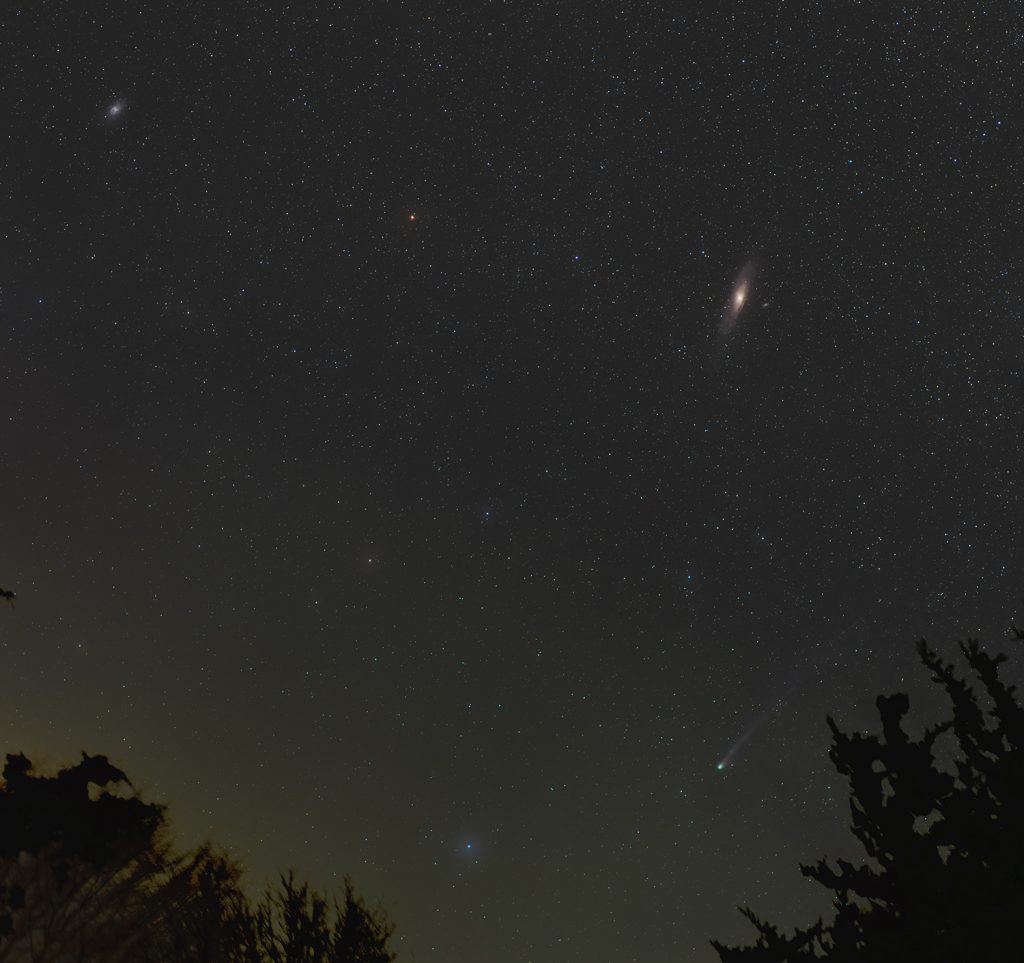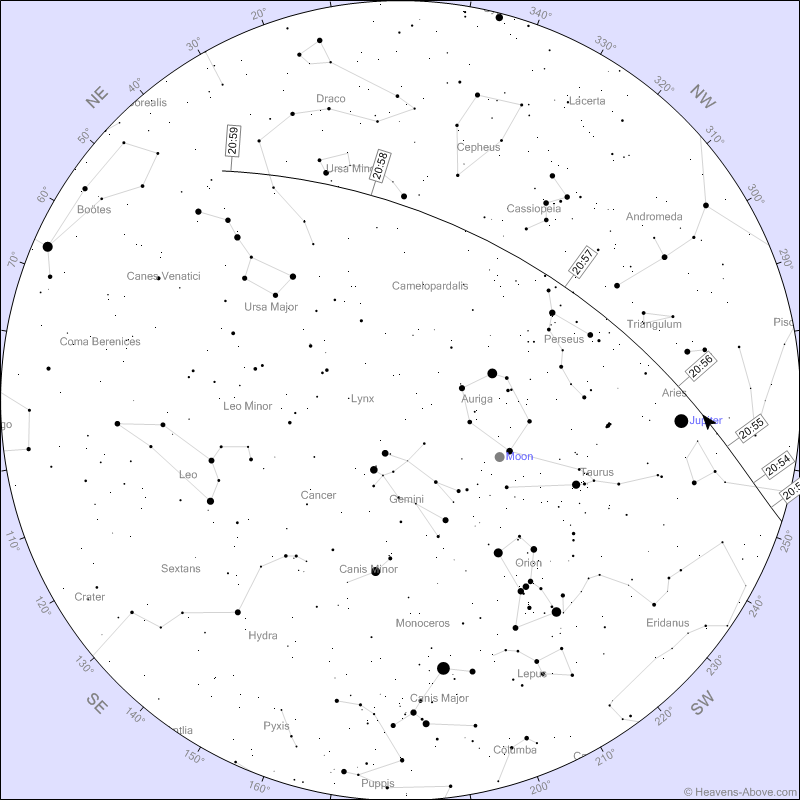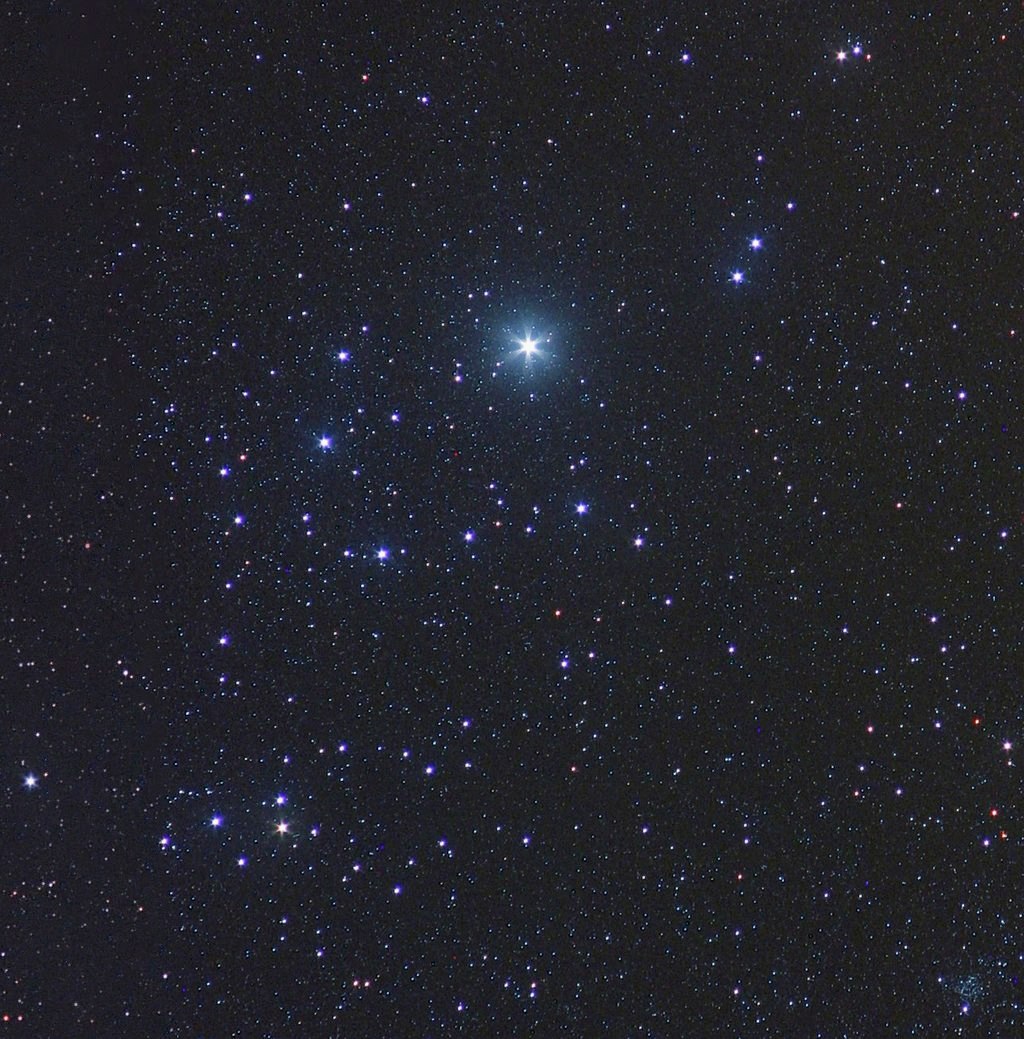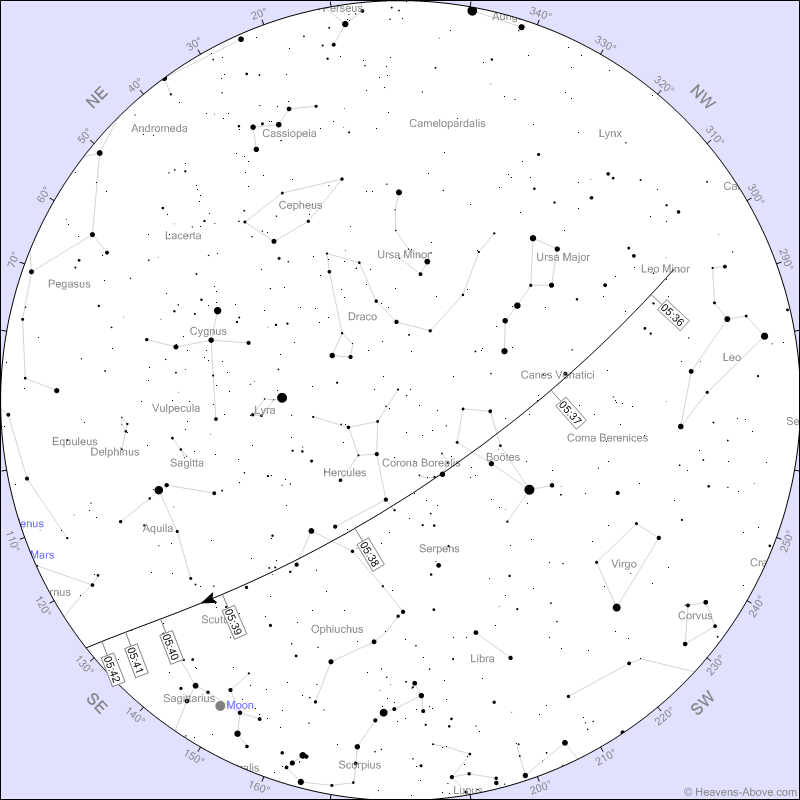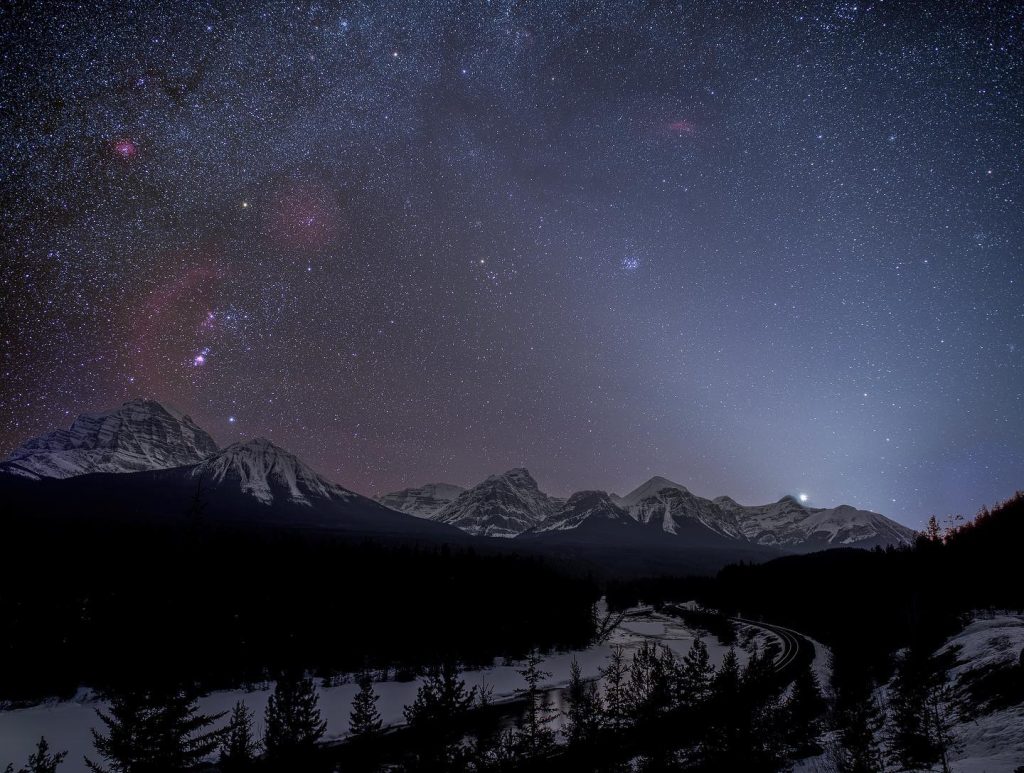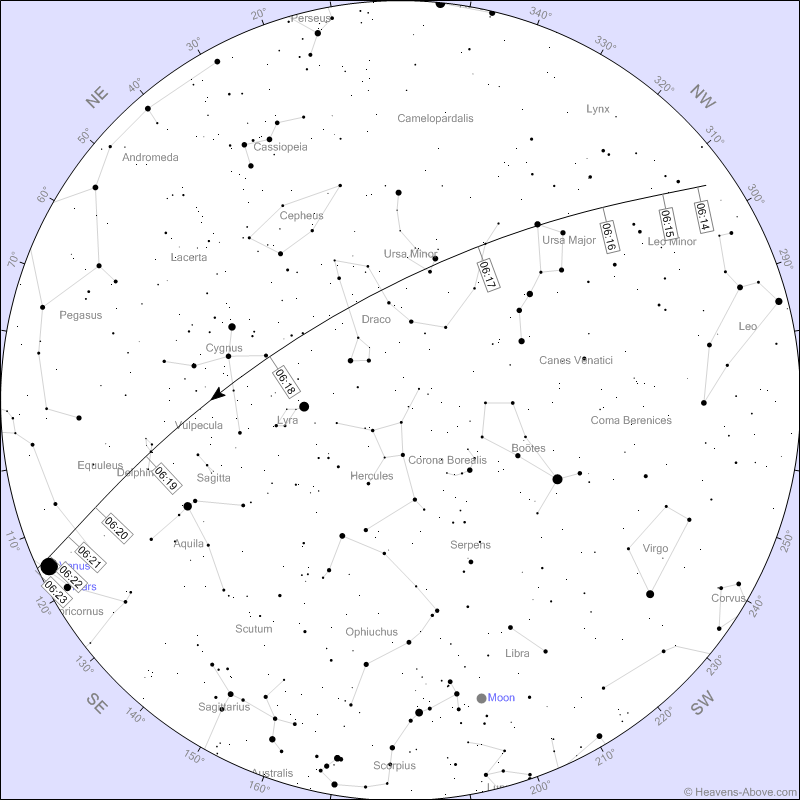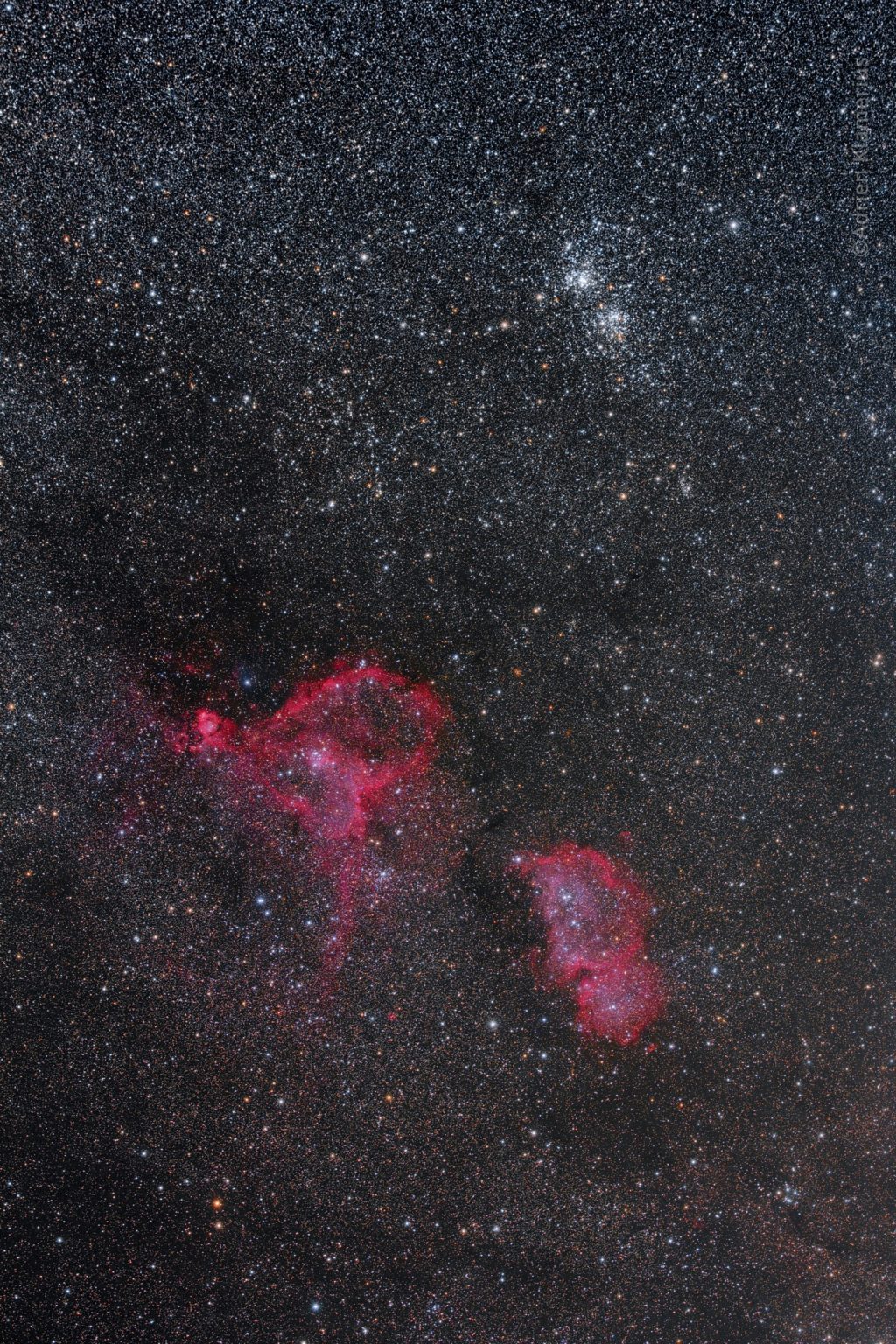Greater Toronto Area Space Station Flyovers for the week of March 17th, 2024
As shown above, on Sunday, March 17, 2024 from 8:09 to 8:15 pm EDT, the International Space Station will be visible flying overhead of the GTA in an extremely bright pass, rising from the west-southwestern horizon near Jupiter and flying past the bright star Mirfak and then through the Big Dipper before entering Earth’s shadow…
Read more

